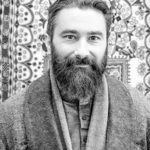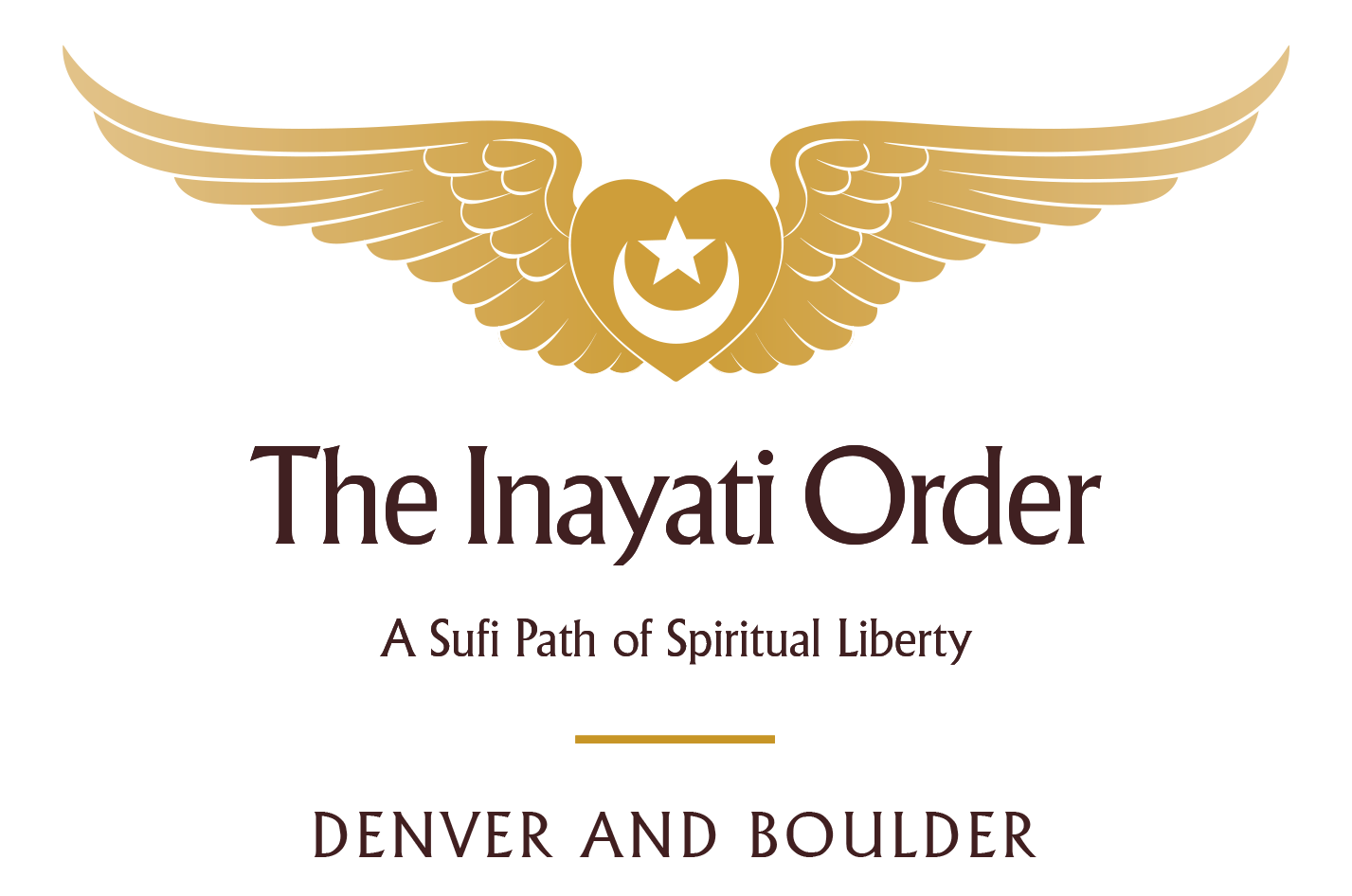
Hazrat Pir-o-Murshid Inayat Khan
Hazrat Pir-o-Murshid Inayat Khan a brilliant Indian musician, came to the West in 1910 at the behest of his Sufi teacher, Sayyed Muhammad Abu Hashim Madani, who charged him with a mission: to harmonize East and West with the music of his soul.
He had dedicated his early life to the mastery of the subtle intricacies of classical Indian music under the tutelege of his grandfather Moula Baksh, a musical giant who had integrated the Hindustani and Karnatic musical traditions of Northern and Southern India. While barely in his twenties, Inayat Khan received the highest recognition and honors for his artistic accomplishments.
He was initiated by Shaykh al-Masha’ikh Sayyid Muhammad Abu Hashim Madani in the four main Sufi lineages in India, though his primary connection was with the Chishti Order.
On September 13, 1910 he began an odyssey which would encompass three continents and transform thousands of lives. He traveled continually in Europe and the United States, first learning about Western culture and mentality, and then conveying the traditional Sufi teachings in a more and more universel form. He eventually settled in Suresnes, a suburb of Paris, where he held annual summer schools. During only sixteen years in the West, he created a school of spiritual training based upon the traditional teachings of the Chishtiyya and infused with a revolutionary vision of the unity of religious ideals and the coming awakening of the human spirit to its inherent divinity.
(from www.inayatiorder.org)

Pir Vilayat Inayat Khan
Pir Vilayat Inayat Khan was his father’s successor and during his fifty years as head of the Sufi Order International became an internationally-recognized spiritual teacher and master of meditation. He was an avid student of many religious and spiritual traditions and incorporated the rich mystical heritage of East and West into his teachings, adding to it the scholarship of the West in music, science, and psychology. He initiated dozens of international interreligious conferences as well as convening spiritual and scientific leaders for public dialogues. He founded the Abode of the Message, a spiritual community in the Berkshires for over thirty years, and Omega Institute, a flourishing learning center.
He published many books on aspects of meditation and realization. His last book, In Search of the Hidden Treasure (2003), is an imagined congress of classic Sufi mystics commenting on contemporary and universal themes. Pir Vilayat died on June 17, 2004.
(from www.inayatiorder.org)

Pir Zia Inayat Khan
Pir Zia Inayat Khan, familiarly known as Sarafil Bawa, is the first son of Pir Vilayat Inayat Khan and Taj Inayat. Raised in the United States, he obtained his bachelor’s degree in Persian Literature from the University of London and his doctorate in Religion from Duke University. Pir Zia’s father trained him in Sufism. With his blessing, he underwent seclusion at the Chishti khanqah in Ahmedabad and received spiritual transmission from Pir Rashid al-Hasan Jili Kalimi in Hyderabad. In 2000, Pir Vilayat confirmed him as his spiritual successor. Since Pir Vilayat’s passing in 2004 (God keep him), Pir Zia has served as Pir-o-Murshid and President of the Inayati Order, guiding Sufi communities around the world. To provide opportunities for focused spiritual study, Pir Zia founded the Suluk Academy, which currently offers courses in France and the United States. The two central lodges from which Pir Zia works are Fazal Manzil in Suresnes, France, and the Astana in Richmond, Virginia, U.S.A. Pir Zia’s writings include Saracen Chivalry: Counsels on Valor, Generosity, and the Mystical Quest, Mingled Waters: Sufism and the Mystical Unity of Religions, and Immortality: A Traveler's Guide. Pir Zia lives with his wife Pirani Sartaj and children Rasulan and Ravanbakhsh in Richmond and travels frequently.
(from www.pirzia.org)
